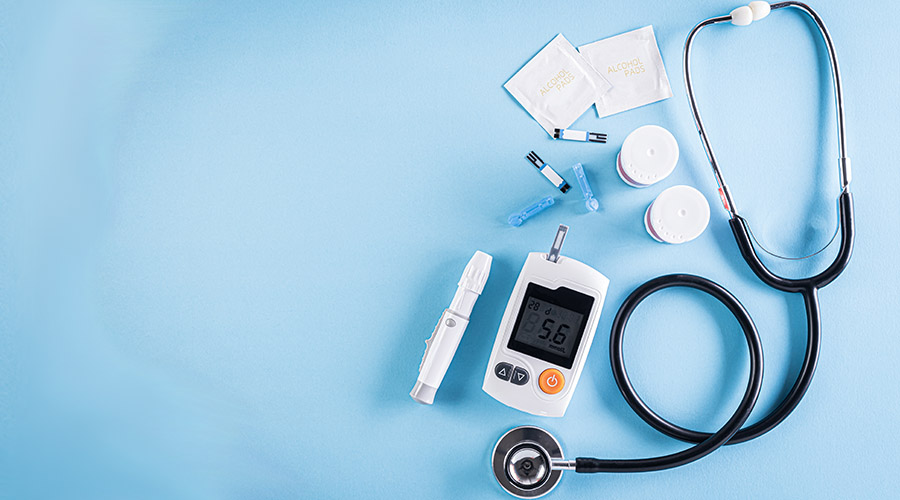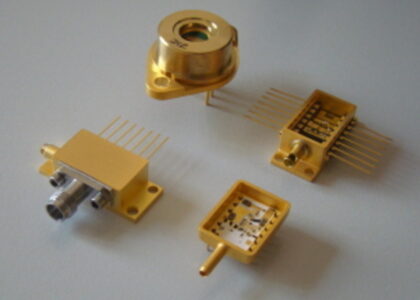
The Homecare Medical Devices Market is experiencing a significant surge, driven by an aging population and the increasing need for treatment at home. According to a recent study, the global homecare medical devices industry is expected to reach a staggering US$312 billion by 2032. This translates to a remarkable growth rate of 8.9% CAGR (Compound Annual Growth Rate) over the projected period. This significant growth highlights the rising demand for convenient and effective medical devices that allow patients to receive treatment in the comfort of their homes.
Revolutionizing healthcare delivery, the Homecare Medical Devices Market emerges as a beacon of convenience and empowerment. Designed for in-home use, these devices encompass a spectrum of tools, from monitoring to therapeutic aids, fostering a paradigm shift towards personalized and accessible healthcare. With a focus on enhancing patient autonomy and well-being, the Homecare Medical Devices Market reflects a pivotal stride in making healthcare more individualized and convenient for users in the comfort of their homes
Homecare Medical Devices Market: Drivers and Restraints
The geriatric population is dependent on assistance for mobility. Wheelchair technology is evolving to provide people with disabilities an ease of mobility. Mobility of these people with disabilities depends on a wheelchair which solves the purpose to a greater extent. Power and manual wheelchairs are used by people depending on their requirements. Many issues impact the choice of a wheelchair, for instance, some patients look for cost-effective devices and reimbursement availability.
Medical scooters are a fast-growing segment in the global homecare medical devices market owing to their feature of mobility for the aging population and their performance in an outdoor environment. A major driver of the global homecare medical equipment is the growing incidence of Chronic Obstructive Pulmonary Disease (COPD) and other respiratory conditions wherein oxygen can improve the quality of life significantly. Portable devices have become affordable and support a mobile lifestyle even while on oxygen. Stationary oxygen concentrators are needed for night use by patients on portable oxygen concentrators during the day. The impact of direct sales through the Internet has brought about distribution channel consolidation, leading to a decrease in the number of distributors in the global homecare equipment market.
Get a Sample Copy of the Report:
https://www.futuremarketinsights.com/reports/sample/rep-gb-2170
Home care medical devices are intended for use in any environment outside a professional healthcare facility. The user could be a patient, caregiver, or family member who directly uses the homecare medical device or provides assistance in using the homecare medical device. A qualified healthcare professional is a licensed or non-licensed healthcare professional with proficient skills and expertise in the use of the homecare medical device such that they can aid or train care recipients and caregivers to use and maintain the device.
The homecare medical equipment market consists primarily of wheelchairs, scooters, oxygen treatment equipment, accessibility beds, lifts, and toilets, which have until recently been sold primarily through distributors. As patients move to the use of home care services for recovery or long-term care, homecare medical devices are necessary for their care. As a result, complex medical devices are used more frequently in the home, many times under unsuitable conditions. This in turn has adverse implications on the safety and effective operation of these homecare medical devices, especially those with sophisticated requirements for proper operation or maintenance.
Homecare Medical Devices Market: Regional Overview
Region-wise, the homecare medical devices market is classified into regions namely, North America, Eastern Europe, Western Europe, Latin America, Japan, Asia Pacific excluding Japan (APEJ), Middle East, and Africa (MEA). North America is the largest market for homecare medical devices, followed by Western Europe attributed to the increasing old age population in these regions. Asia Pacific excluding Japan (APEJ) and Japan are growing at a significant growth rate which is followed by Middle East & Africa.
Homecare Medical Devices Market: Overview
According to the American Association for Homecare, more than 8 Mn Americans depend on durable medical equipment and services at home to treat conditions such as multiple sclerosis, Lou Gehrig’s disease, spinal cord injuries, lung diseases such as chronic obstructive pulmonary disease (COPD), congestive heart failure, sleep apnea, and diabetes.
Fueled by the rising number of elderly people and technological advancements, the global homecare market has experienced significant growth over the past decade.
A pivotal factor in the growth of this market has been the increasing healthcare costs, which have shihas the focus of healthcare from hospitals to homes. Initiatives taken by governments to support home healthcare further propel the market. However, limited insurance coverage for home healthcare devices and risk to the safety of patients and home care workers are the major deterrents curbing the growth of the market.
Homecare Medical Devices Market Key Players:
- AirSep
- SeQual
- Drive Medical
- Graham-Field
- Inogen
- Invacare
- Mayra
- Nordic / Handicare / Permobil
- O2Concepts Oxlife
- Philips Respironics
- Pride
- Sunrise Medica
- eijin and TiLite.
The report covers an exhaustive analysis on:
- Market Segments
- Market Dynamics
- Market Size
- Supply & Demand
- Current Trends/Issues/Challenges
- Competition & Companies involved
- Technology
- Value Chain
Regional analysis includes
- North America (U.S., Canada)
- Latin America (Mexico, Brazil, Rest of Latin America)
- Western Europe (Germany, Italy, UK, Spain, France, Nordic countries, BENELUX, Rest of Western Europe)
- Eastern Europe (Russia, Poland, Rest of Eastern Europe)
- Asia Pacific Excluding Japan (China, India, ASEAN, Australia & New Zealand, Rest of APEJ)
- Japan
- Middle East and Africa (GCC countries, S. Africa, N. Africa, Rest of MEA)
The report is a compilation of first-hand information, qualitative and quantitative assessments by industry analysts, and inputs from industry experts and industry participants across the value chain. The report provides an in-depth analysis of parent market trends, macro-economic indicators, and governing factors along with market attractiveness as per segments. The report also maps the qualitative impact of various market factors on market segments and geographies.
Unlock Tailored Insights: Customize Your Report for Maximum Impact:
https://www.futuremarketinsights.com/customization-available/rep-gb-2170
Homecare Medical Devices Market: Segmentation
The homecare medical devices market is classified based on product type, distribution channels, and geography.
Based on product type, the global homecare medical devices market is segmented into the following:
- Wheelchairs
- Scooters
- Oxygen treatment equipment
- Accessibility beds
- Lifts
- Toilets
- Others
Based on the distribution channel
- Direct Distribution Channel
- Online Sales
Report Highlights:
- Detailed overview of the parent market
- Changing market dynamics in the industry
- In-depth market segmentation
- Historical, current, and projected market size in terms of volume and value
- Recent industry trends and developments
- Competitive landscape
- Strategies of key players and products offered
- Potential and niche segments, geographical regions exhibiting promising growth
- A neutral perspective on market performance
- Must-have information for market players to sustain and enhance their market footprint
Author By:
Sabyasachi Ghosh (Associate Vice President at Future Market Insights, Inc.) holds over 12 years of experience in the Healthcare, Medical Devices, and Pharmaceutical industries. His curious and analytical nature helped him shape his career as a researcher.
Identifying key challenges faced by clients and devising robust, hypothesis-based solutions to empower them with strategic decision-making capabilities come naturally to him. His primary expertise lies in areas such as Market Entry and Expansion Strategy, Feasibility Studies, Competitive Intelligence, and Strategic Transformation.
Holding a degree in Microbiology, Sabyasachi has authored numerous publications and has been cited in journals, including The Journal of mHealth, ITN Online, and Spinal Surgery News.
About Future Market Insights (FMI)
Future Market Insights, Inc. (ESOMAR certified, recipient of the Stevie Award, and a member of the Greater New York Chamber of Commerce) offers profound insights into the driving factors that are boosting demand in the market. FMI stands as the leading global provider of market intelligence, advisory services, consulting, and events for the Packaging, Food and Beverage, Consumer Technology, Healthcare, Industrial, and Chemicals markets. With a vast team of over 5000 analysts worldwide, FMI provides global, regional, and local expertise on diverse domains and industry trends across more than 110 countries.
Contact Us:
Future Market Insights Inc.
Christiana Corporate, 200 Continental Drive,
Suite 401, Newark, Delaware – 19713, USA
T: +1-845-579-5705
For Sales Enquiries: sales@futuremarketinsights.com
Website: https://www.futuremarketinsights.com
LinkedIn| Twitter| Blogs | YouTube

